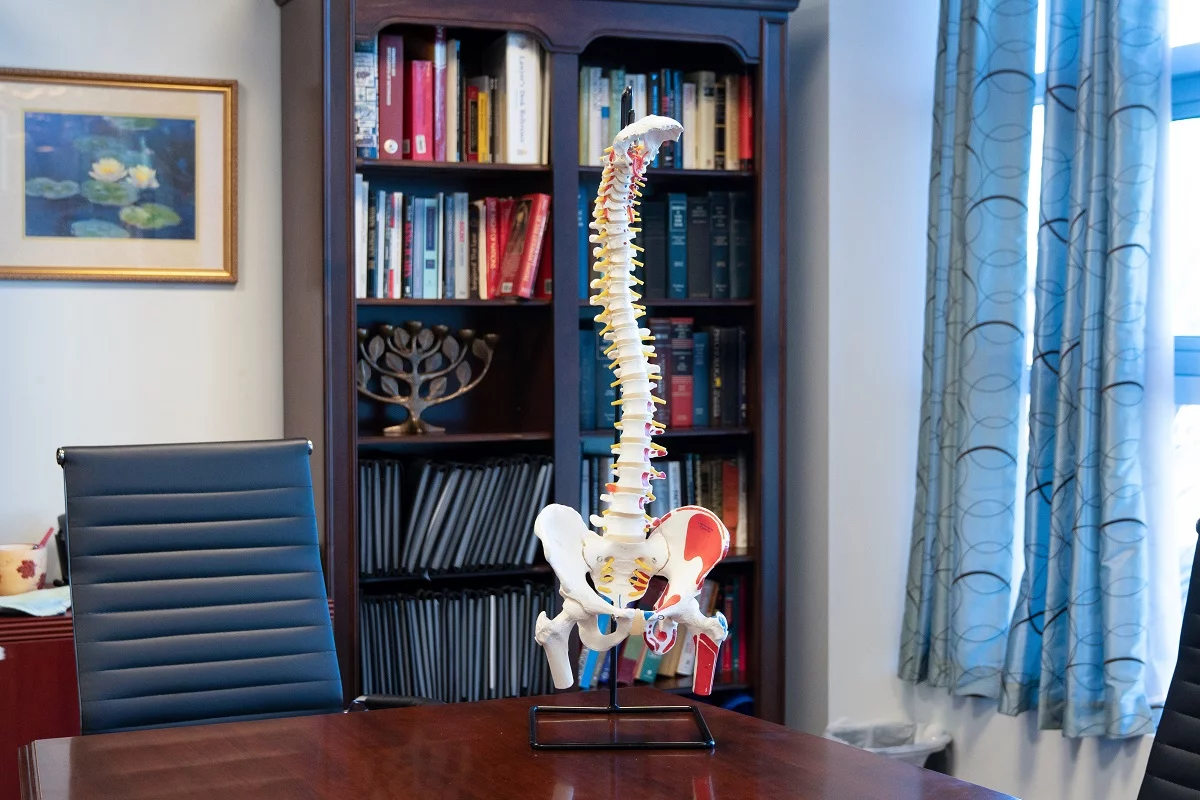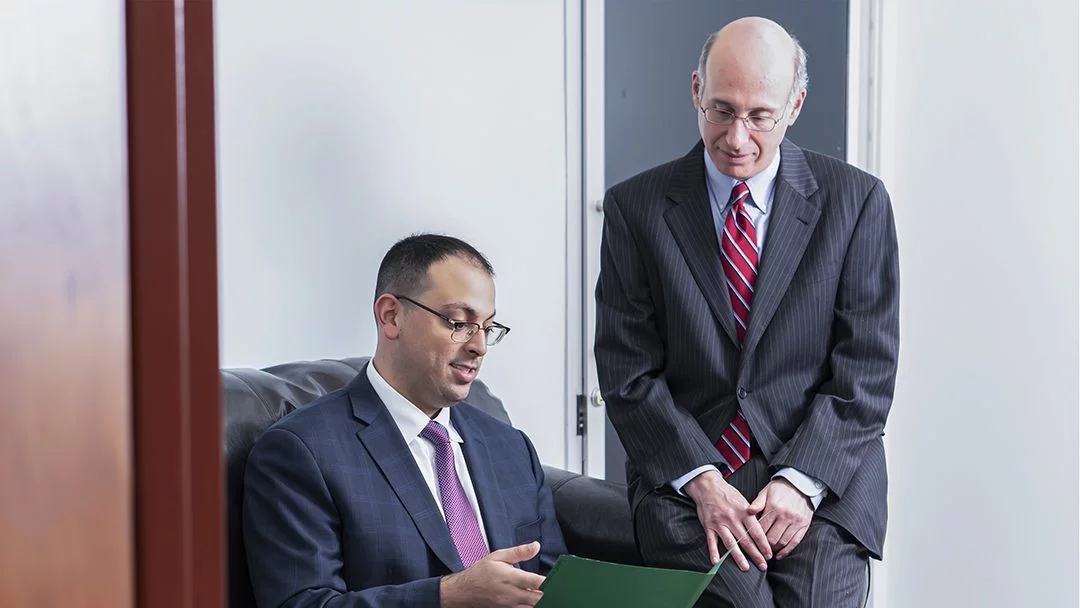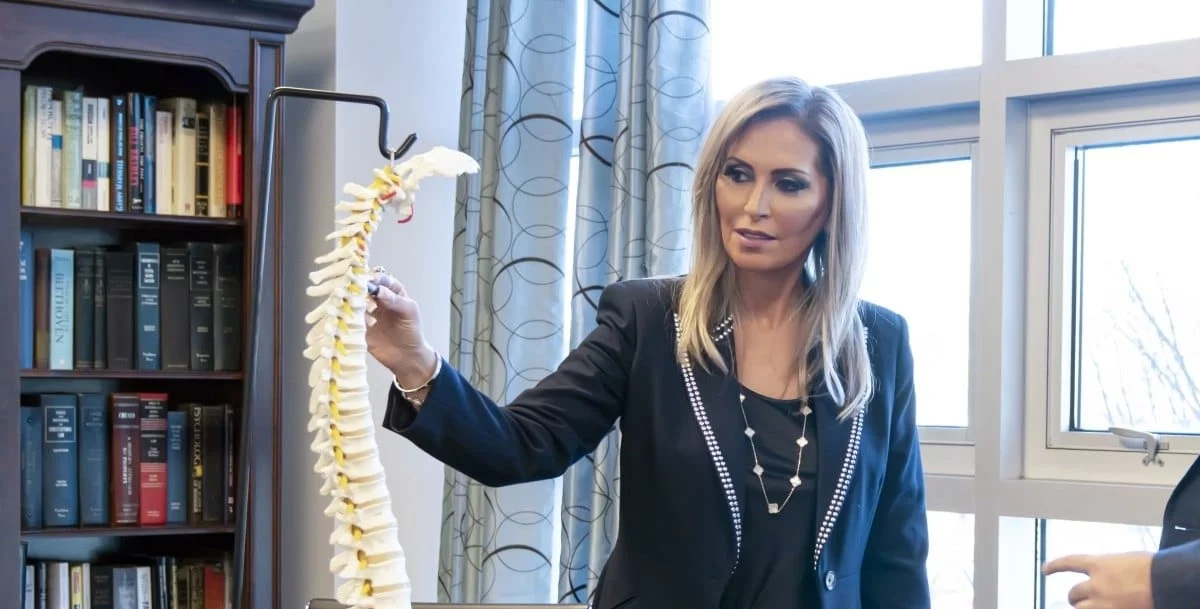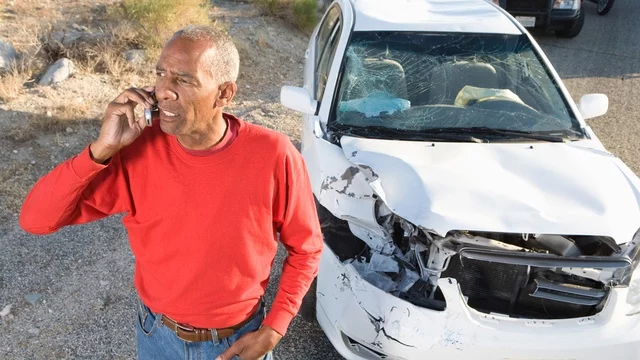Rear end collision, directed verdict for plaintiff should have been granted
Trial on the issue of damages only is ordered.
Clarke v Phillips (2013 NY Slip Op 08585)
Decided on December 26, 2013
SUPREME COURT OF THE STATE OF NEW YORK
APPELLATE DIVISION : SECOND JUDICIAL DEPARTMENT
2012-08525
2013-00967
(Index No. 7516/10)
[*1]Jellicoe Clarke, appellant,
v
Derek J. Phillips, respondent.
In an action to recover damages for personal injuries, the plaintiff appeals from (1) a judgment of the Supreme Court, Dutchess County which denied the plaintiff’s request for a directed verdict at the close of the evidence at trial and which resulted in a verdict in favor of the defendant.
The AD ordered the judgment reversed, the complaint is reinstated, the plaintiff’s motion pursuant to CPLR 4401 for judgment as a matter of law is granted, and the matter is remitted to the Supreme Court, Dutchess County, for a trial on the issue of damages and for an appropriate amended judgment thereafter.
This case involves a rear-end collision between two cars. At trial, the plaintiff testified that his car was fully stopped at a red traffic light, that he remained stopped even after the light turned green to let pedestrians finish crossing the street, and that his car was then struck in the rear by the defendant’s car.
The defendant testified that, prior to the accident, his car was fully stopped behind the plaintiff’s car, and when the traffic light changed to green, the plaintiff’s car began to move forward and the defendant, in turn, moved forward. As he began to move forward, the defendant saw a group of pedestrians on the sidewalk to the right, and he turned his head to the right for a split second to make sure that no one darted out in front of him. When he brought his attention back to the road ahead of him, he saw that the plaintiff’s car had come to a stop because a pedestrian had run out in front of the plaintiff. The defendant could not stop his vehicle in time to avoid the accident.
The trial court denied the plaintiff’s motion pursuant to CPLR 4401 for judgment as a matter of law made at the close of evidence. The jury found that the defendant was negligent, but that his negligence was not a proximate cause of the accident. A judgment was entered in favor of the defendant and against the plaintiff, dismissing the complaint. Thereafter, the trial court denied the plaintiff’s subsequent motion pursuant to CPLR 4404(a) to set aside the verdict and for judgment as a matter of law on the issue of liability or, in the alternative, to set aside the verdict as contrary to the weight of the evidence and for a new trial.
A trial court’s grant of a motion for judgment as a matter of law is appropriate where the trial court finds that, upon the evidence presented, there is no rational process by which the fact trier could base a finding in favor of the nonmoving party.
A rear-end collision with a stopped or stopping vehicle creates a prima facie case of negligence with respect to the operator of the moving car and imposes a duty on that driver to rebut the inference of negligence by providing a nonnegligent explanation for the collision.
Here, the AD found that viewing the evidence in the light most favorable to the defendant, there is no rational process by which the jury could find that the defendant had a nonnegligent explanation for the accident, or that the plaintiff was, to any extent, at fault in the happening of the accident. Thus, the accident was attributable to the defendant’s own inattentiveness in taking his eyes off the road in front of him, and not to any negligence on the part of the plaintiff
Accordingly, the Supreme Court should have granted the plaintiff’s motion for judgment as a matter of law made at the close of evidence.






